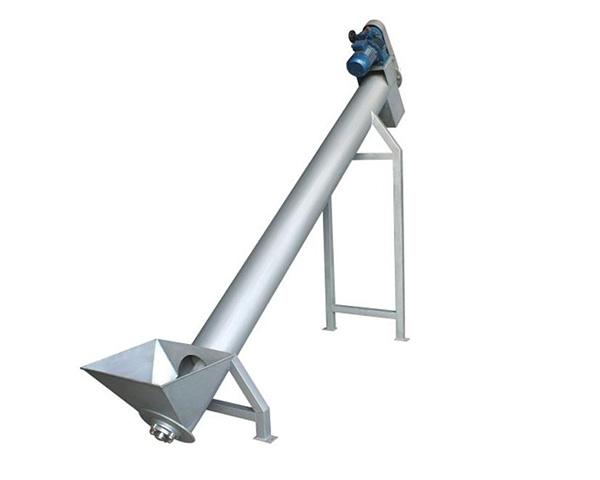How to deal with hopper belt slipping of bucket conveyor ele
Time:2021-04-07 13:35 Browse:277
Bucket conveyor elevator factory is used for the processing and transportation of materials. Its structure is simple, the cost is low, and the power of material transportation is characteristic. But in the production process, sometimes there will be hopper belt or other problems, if not handled in time, it will affect the production power. The application process should be standard operation, and regular protection, to prevent some parts failure caused by safety accidents. Next, Jingjiang Weineng machinery will introduce the reasons for the formation of bucket elevator hopper belt slipping, and what potential safety hazards may exist in the process of using bucket elevator.
1、 Causes of hopper belt slipping of bucket elevator
1. The bucket elevator uses the conflict torque between the hopper belt and the head wheel drive shaft to lift materials, because the hopper belt tension is not good. This will cause the hopper belt to slip. At this time, stop the machine immediately and adjust the tensioning equipment to tighten the hopper belt. If the tension equipment can not make the hopper belt tension, explain that the travel of the tension equipment is too short, it should be adjusted from the beginning.
2. When the hoist is overloaded, the resistance torque increases, which leads to the hopper belt slipping. At this moment, we should reduce the feeding amount of materials and strive to feed evenly. If the feeding amount is reduced, the slip can not be improved. It may be that there are too many materials in the frame or the hopper is stuck. Stop the machine to check and eliminate the problem.
3. The inner and outer surfaces of the head wheel drive shaft and the hopper belt are too lubricated, which reduces the conflict force between them and causes the hopper belt to slip. At this time, the inner and outer surfaces of the transmission shaft and hopper belt can be coated with a layer of glue to increase the conflict force.
4. The bearings of the head wheel and the bottom wheel do not roll well, and the resistance torque increases, which causes the hopper belt to slip. At this time, the bearing can be disassembled, cleaned, oiled or replaced.
2、 What are the hidden dangers of bucket elevator in the process of operation
1. Wire rope mop: floor discharge channel and protection does not meet the requirements. There is no protective shed at the ground inlet. There is no safety door for the hanging basket, so it is illegal to take the hanging basket up and down. The straightness error of frame exceeds the rule.
2. There is no safety device to prevent the steel wire rope from slipping on the cylinder: there is no cable wind rope. Wire rope is not used for cable wind rope, and the assembly, viewpoint and ground anchor of cable wind rope do not meet the requirements. The setting of wall connecting rod between frame and building structure does not meet the requirements.
3. No contact signal: there is no lightning protection equipment beyond the lightning protection scale of adjacent buildings.
4. Bearing failure: the working environment of the bearing in the hoist is relatively risky, in the environment with more dust and higher temperature. Bearing is very simple failure, therefore, the user in the process of using according to their own conditions to create a maintenance protection scheme, to prevent the risk.
5. The traction parts may run off or slip: the belt or chain is the traction part of the hoist, and the phenomenon of slipping may be the deviation is mainly due to the fact that the device is not installed properly. It is expected that the user must install the hoist when installing the device.
6. Welding or electric spark: when the elevator performs the repair mission, such as bucket elevator frame. Welding on the feed chute, or loading and unloading goods, improper electrical operation can also cause sparks.


